Blood donation facts that deserve louder voices in India
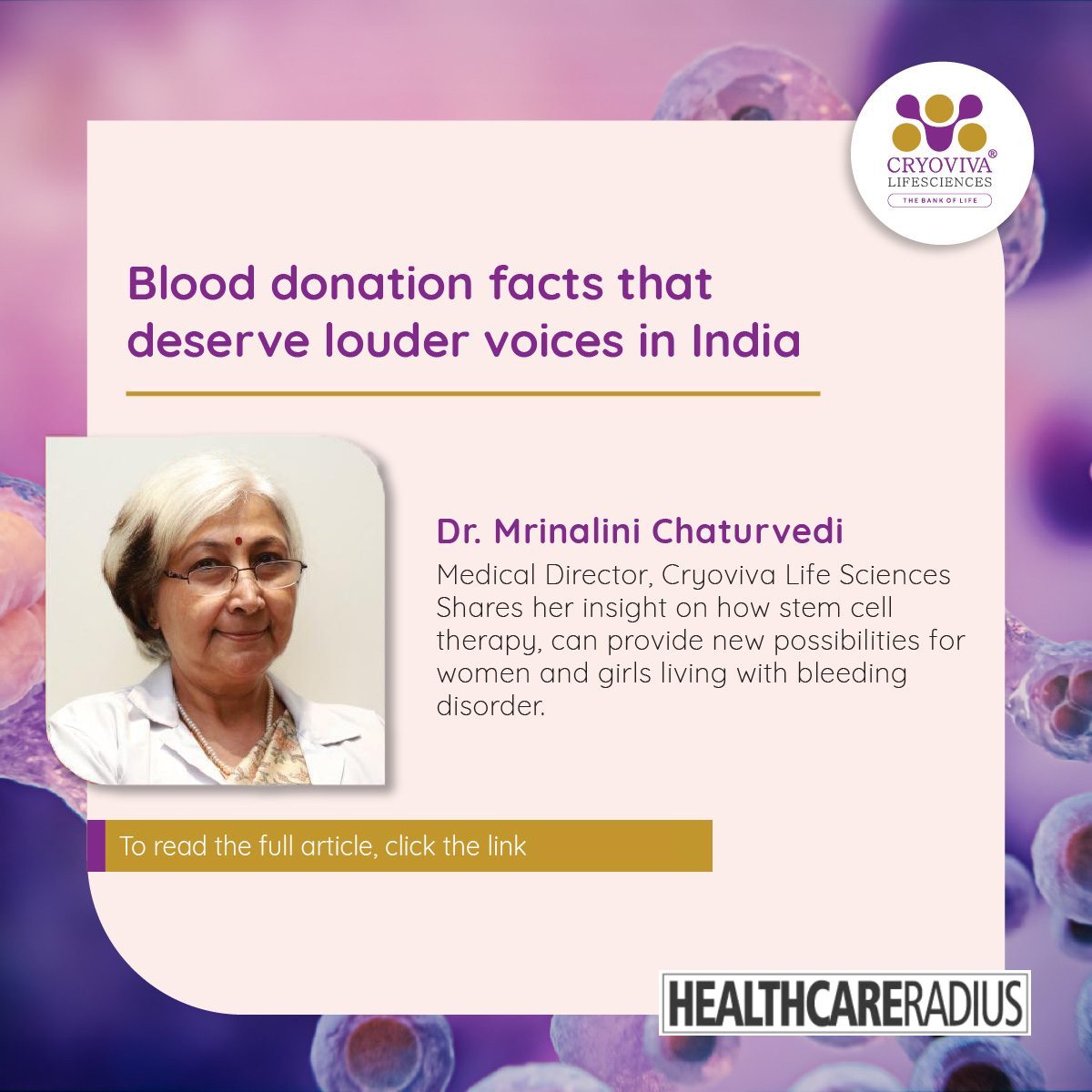
About the author: Dr. Mrinalini Chaturvedi, Medical Director, Cryoviva Life Sciences
Most people don’t spend much time thinking about blood donation until it becomes personal. Maybe it’s a loved one in surgery, a child undergoing cancer treatment, or a news headline about a national shortage in a disaster situation. But behind that moment is a simple, generous act: someone, somewhere, took 30 minutes out of their day to donate blood. And that single donation may be the reason someone is alive today.
More Than Just a Bag of Blood
At community blood donation drives, it’s common to see boards filled with photos of survivors, families, and people who got a second chance thanks to a donor they’ll never meet. These aren’t just stories; they’re reminders that donating blood is more than a kind gesture, it’s a lifeline.
Each blood donation can be separated into red cells, plasma, and platelets, components that can help up to three different patients. These may include a child undergoing chemotherapy, a trauma victim in the ER, or someone living with chronic anemia.
In India, where over 14.6 million units of blood are needed annually, the demand often outpaces supply, especially during emergencies, disasters, or in regions with limited access to healthcare. In fact, according to the WHO, less than 1% of the Indian population donates blood each year, though just 1% participation would be enough to meet the country’s needs.
And yet, the requirements for donation are relatively simple: if you’re in good health, over the age of 18, and meet a few basic health criteria, you can donate. Regular donors also receive basic health screenings, and some research suggests regular blood donation helps lower blood pressure and supports cardiovascular health. Not a bad return for something that takes less than an hour, start to finish.
And the benefits are manifold. blood Donating blood engages people in the immediate community; it is a powerful act of solidarity to help those in need, and such community service is known to better one’s health and mental well-being.
Giving Life at Birth: Cord Blood Donation
For new and expecting parents, there’s another remarkable way to give, one that happens without even leaving the hospital bed. After a baby is born, the umbilical cord and placenta, typically discarded as medical waste, are rich in life-saving stem cells. Umbilical cord blood stem cell transplants are a standard of care for over 80 life-threatening diseases, including leukemia, lymphoma, thalassemia, and immune disorders, etc.
Cord blood stem cells have a major advantage over bone marrow: they don’t require a perfect match. This is particularly important for patients from underrepresented or mixed ethnic backgrounds who often face significant challenges in finding a suitable donor.
The process is completely safe. Cord blood is collected after birth, without pain or risk to mother or baby. But despite its life-saving potential, many families are unaware of this opportunity. We must do better at bringing this conversation into antenatal counseling, discharge planning, and maternity care pathways.
Every Donation Has a Story
Behind every unit of donated blood or cord blood is a story. A teenager who finishes cancer treatment and goes back to school. A mother who survives postpartum hemorrhage. A father who gets another shot at life after a severe accident.
Donors may never meet the people they help. But their act of generosity often marks the turning point in someone else’s life. The impact is real and far-reaching.
If you are eligible, please consider becoming a donor. And if you’re a healthcare provider, help spark these conversations with your patients, your teams, and your community. Because in healthcare, we know better than anyone: it’s often the smallest, simplest acts that carry the greatest meaning.
In India, we need about 14.6 million units of blood every year, yet we continue to fall short by nearly 1 million units annually. The surprising part? Just 1% of our population donating regularly would be enough to meet this demand. And yet, we haven’t quite gotten there. The story is similar with cord blood donation; despite its potential to treat over 80 serious diseases, it remains a missed opportunity largely because families aren’t aware it’s even an option.
This isn’t just about national numbers; it’s about real people. Families in distress. Patients waiting for transfusions. Children whose treatment depends on someone else’s generosity. We all have a role to play. As clinicians, community members, and parents, let’s make space for these conversations, because a single donation may be the one thing that changes everything for someone.
Article Source: https://www.healthcareradius.in/awareness-and-promotion/blood-donation

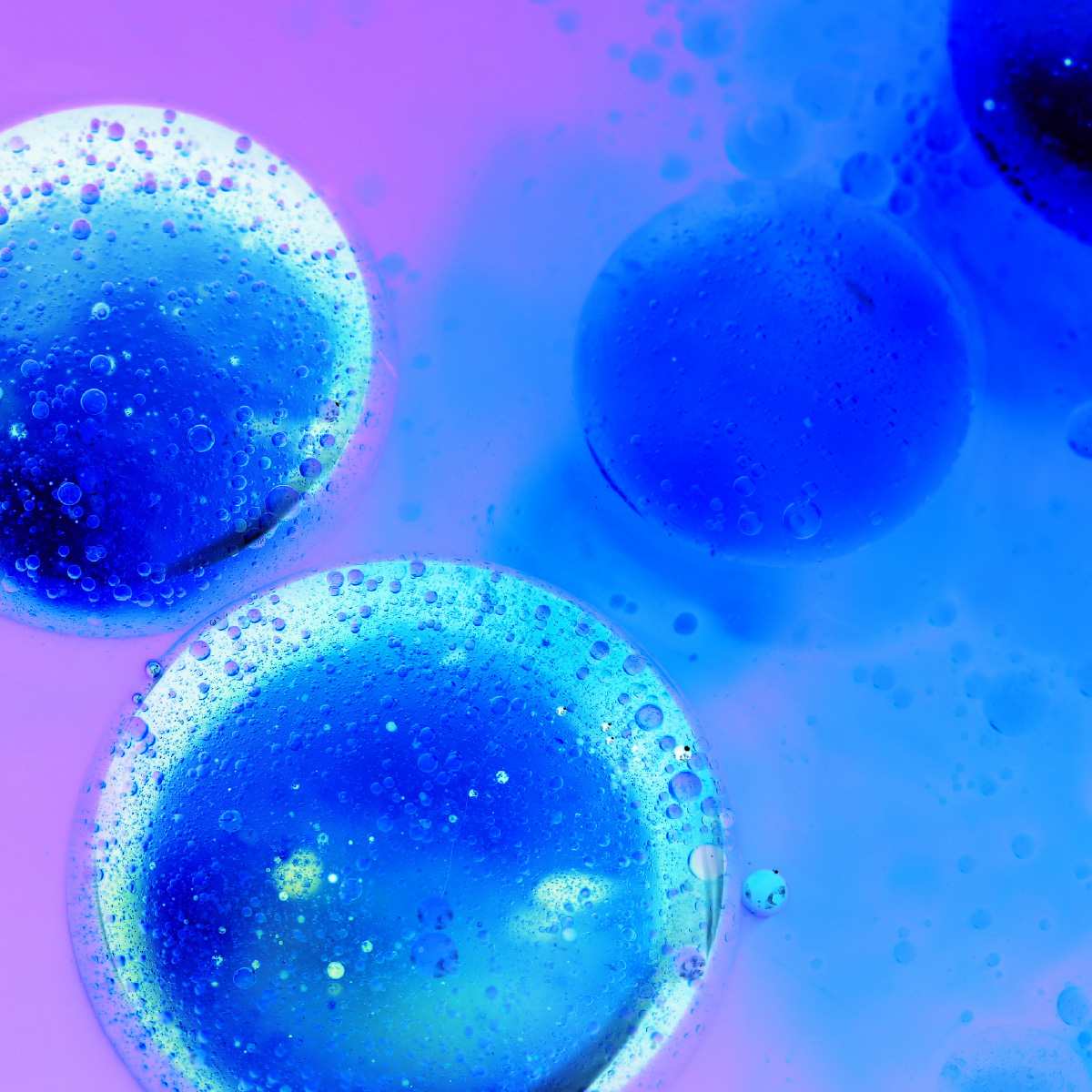
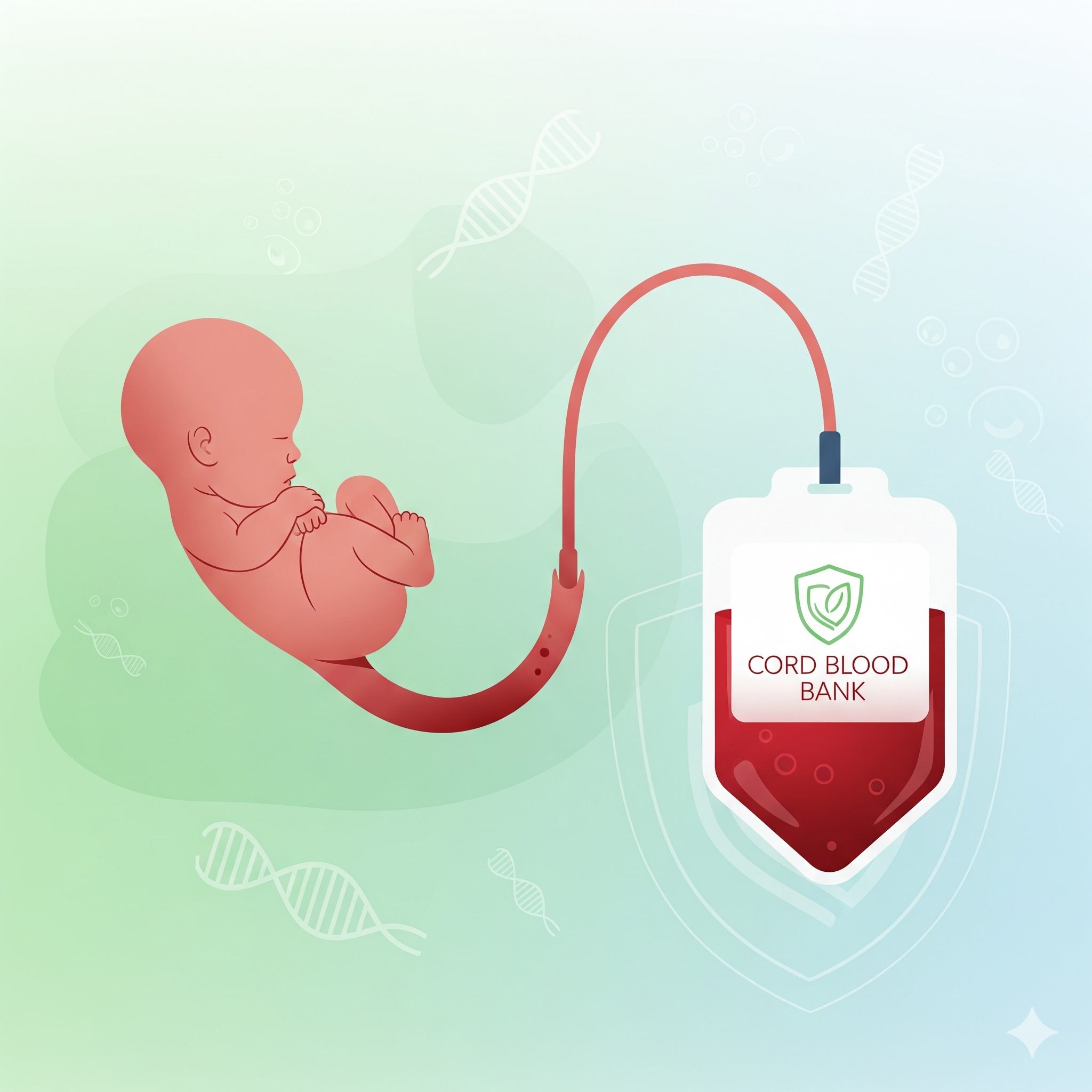
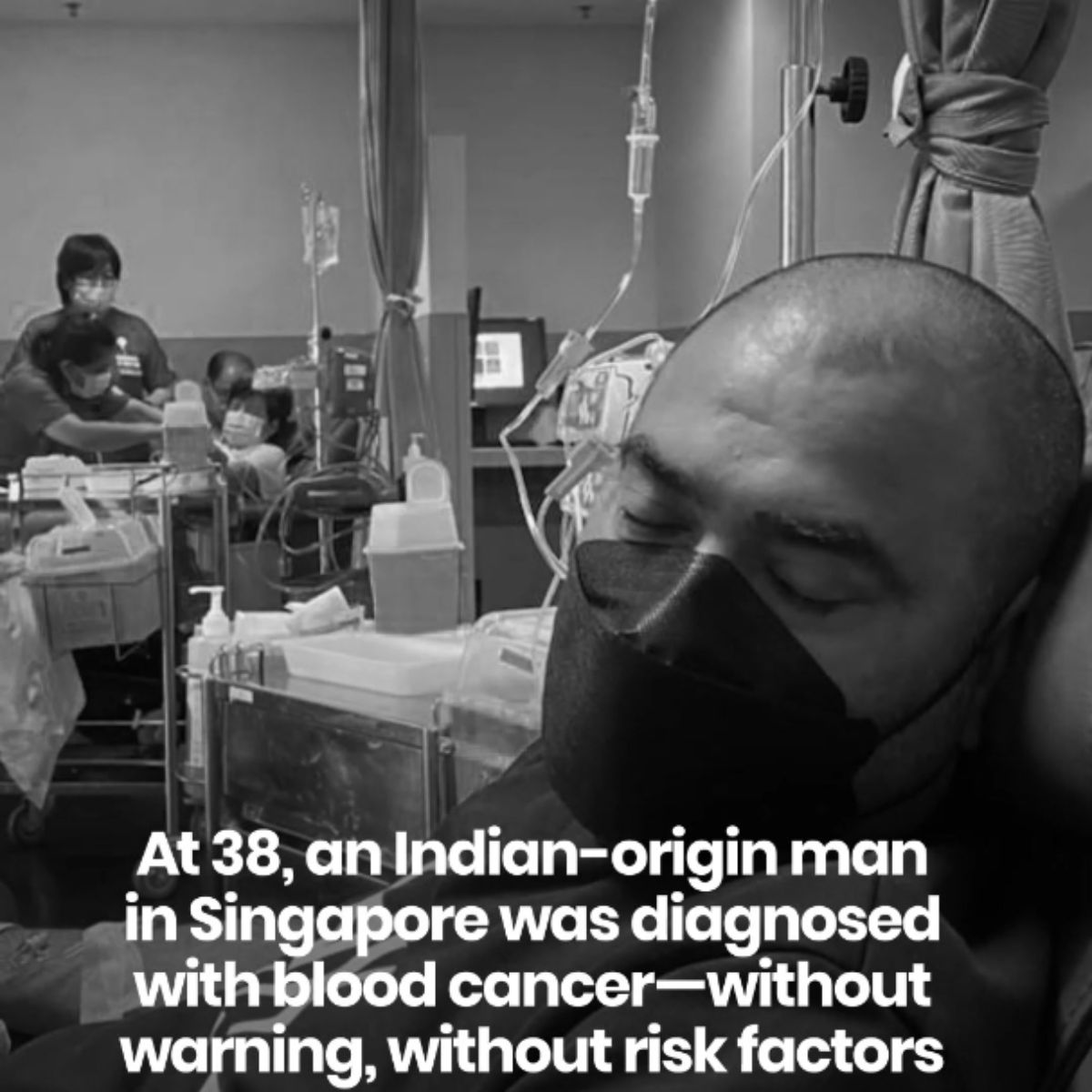
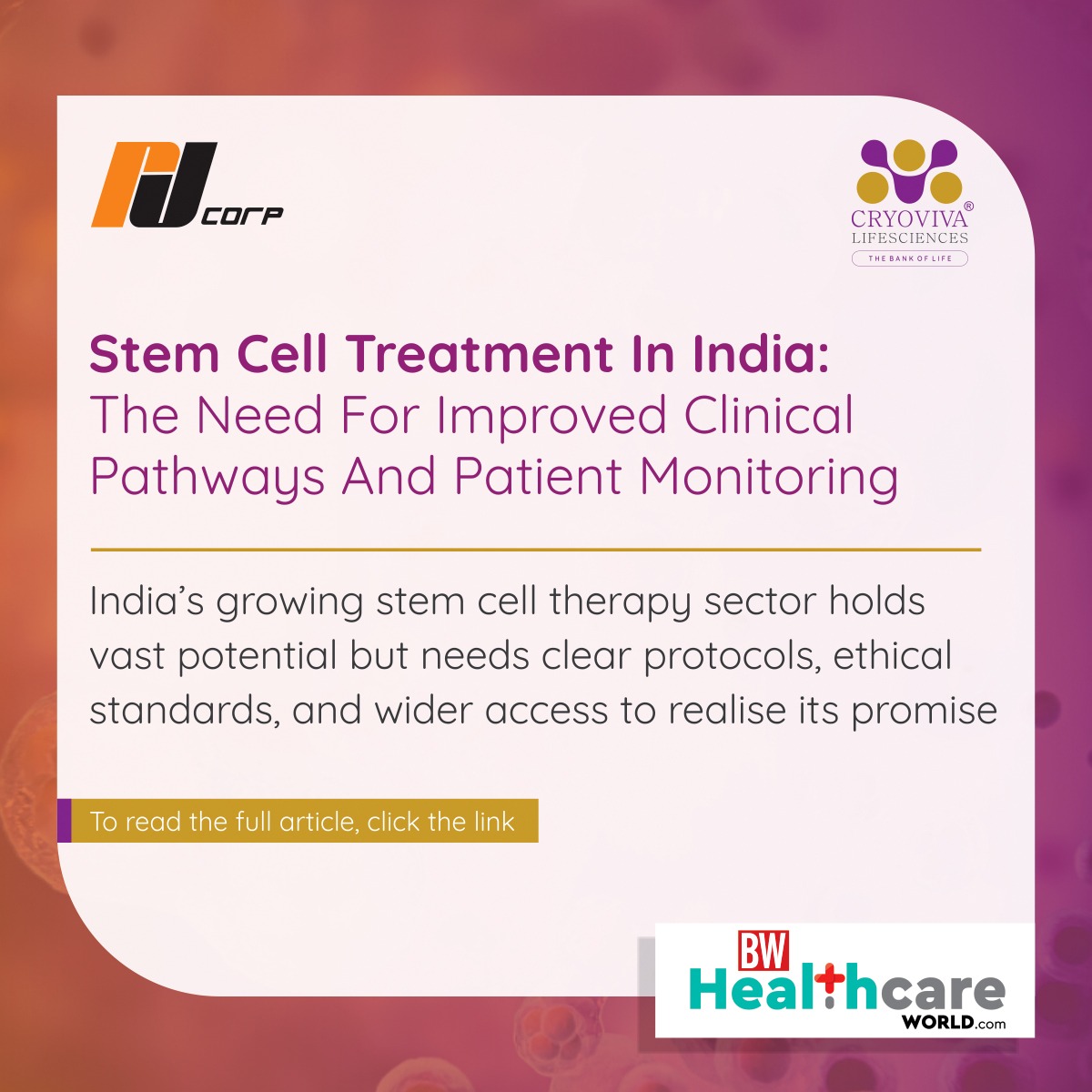





 Enquiry
Enquiry
 Email
Email Phone
Phone
 Whatsapp
Whatsapp